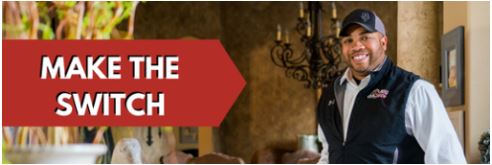WHAT HAPPENS TO TERMITES IN THE WINTER?
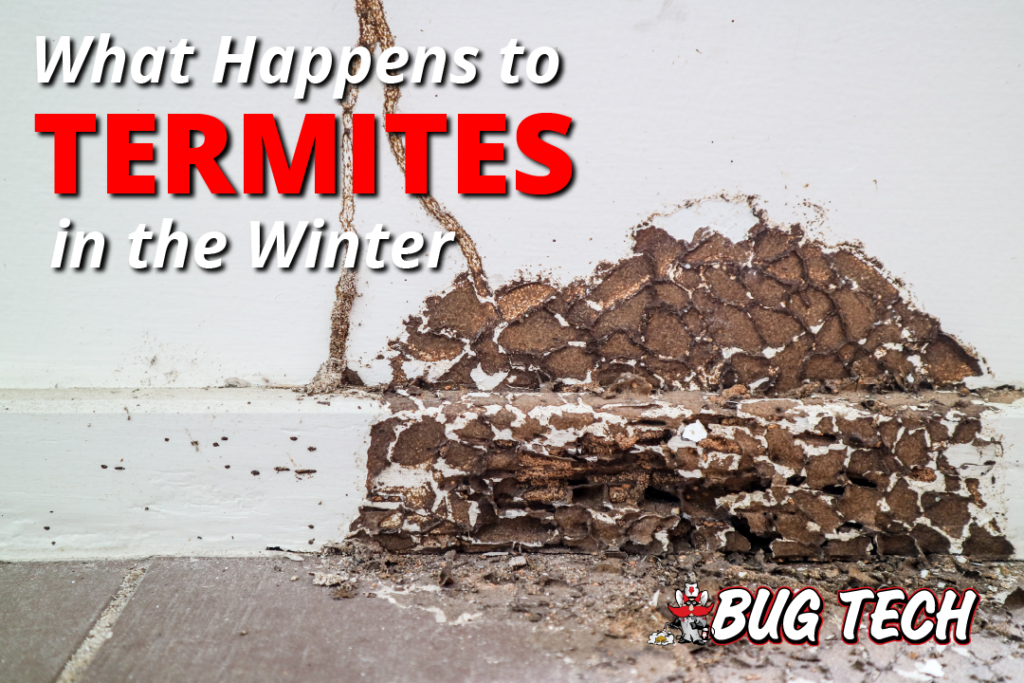
Termite season doesn’t have a beginning and an end. These damaging pests are active year-round. Termites in the winter will burrow deep under your home or munching away inside the warmth of your walls.
Termites don’t hibernate, but when it gets cold outside, termites search for a warmer home. And that can mean increased termite invasion in your home this winter.
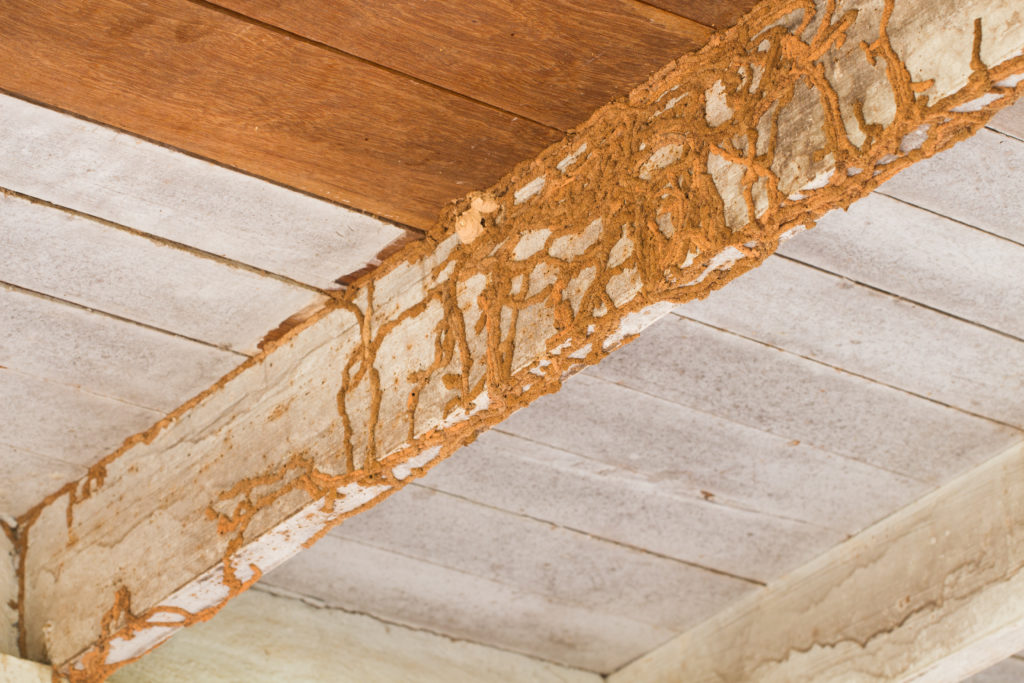
In West Texas and the Panhandle, we most commonly see drywood and subterranean termites. Subterranean termites tunnel through the ground to invade your home, while drywood termites nest inside the wood they are infesting.
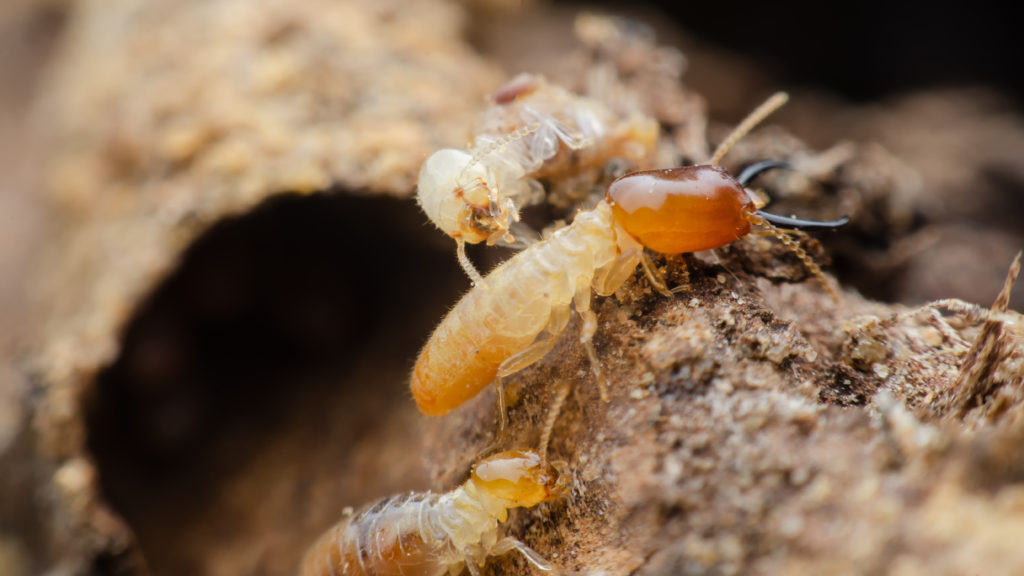
As temperatures drop below 50 degrees, termites start their search for warmer ground, so they will burrow as much as three feet under the underground, or find warmth inside of buildings like your home. During the colder months of nesting, termite colonies can grow to large sizes as the termite queen can lay over 1,000 eggs a day?
Termites in the winter are hungry houseguests, feeding constantly no matter the temperature. And, once a termite infestation starts, it’s hard to get rid of. That’s why winter termite control is so important.
HOW DO YOU SPOT TERMITES DURING THE WINTER MONTHS?
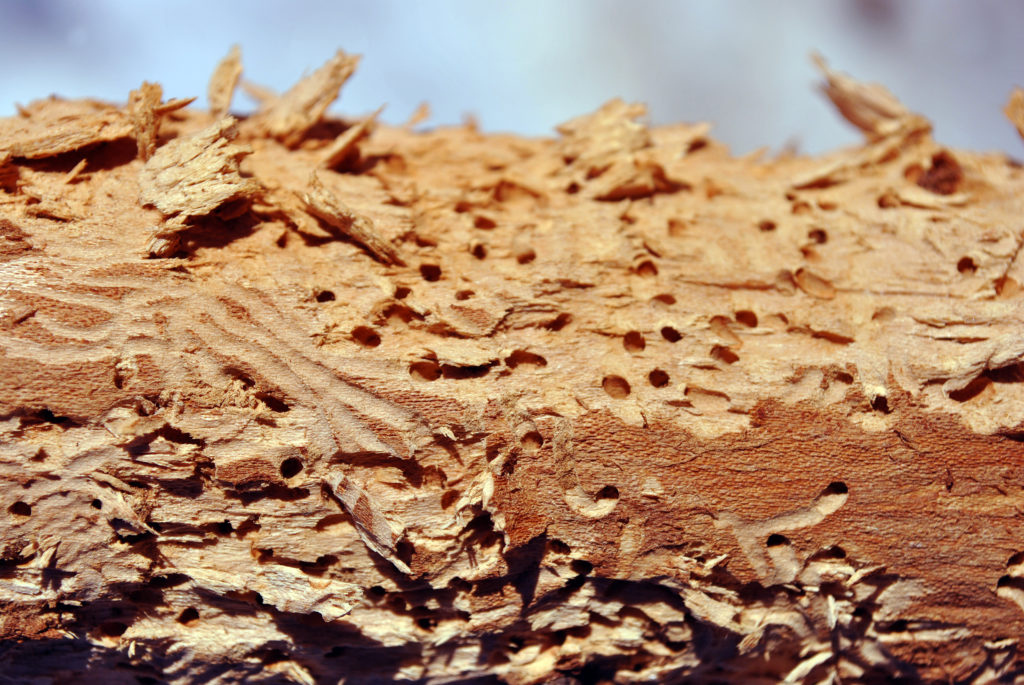
- Mud Tubes on Floors or Walls
- Paint that is bubbled or cracked
- Wood surfaces that appear to be sunken or cratered
- Drywood termite droppings
- Discarded wings
WHAT DO YOU DO IF YOU SUSPECT TERMITES?
- Don’t disturb them! Any DIY attempt to kill termites will only make them relocate to another area of your home, causing additional damage
- Call a professional exterminator. If left uncontrolled, termites can cause significant damage to a home in approximately 2 years.
- A professional termite inspection by a licensed and certified company like Big Tech will reveal the full scope of a termite infestation.
HOW DO YOU GET RID OF TERMITES?
- Spot treatment: If a comprehensive termite inspection determines that you have a contained infestation, then a chemical spot treatment is your best solution. Bug Tech technicians apply a chemical treatment to a single colony of termites that not only kill pests on contact but poison their food source. This method kills the queen, larvae, workers, and soldiers, destroying the colony for good. Spot treatment is the most economical treatment for termites.
- Foam Perimeter Treatment: Ideal for not only treating the colony but also as a preventative measure, Bug Tech sprays a chemical foam on the colony. This foam treatment expands to cover any gaps and kills termites on contact. Additionally, we spray a 10-foot perimeter. This perimeter could be flooring or wall cavities where the activity is found. By treating the outside perimeter of the home, we prevent future termite entry. This option is great for new home construction, where our goal is to prevent the arrival of termites.
- Subterranean Treatment: Subterranean termites enter the home from the ground and go up into the foundation, floors, and walls of the home. To reach these underground colonies, Bug Tech drills into the slab joints to chemically treat termites eating at the foundation of the home. This subterranean treatment includes the outside perimeter, inside the perimeter, and the spot where active termites are living. The entire process can take up to a day.
No matter the season, if you suspect termites, call Bug Tech immediately. The longer you wait the more damage is being done to your home. As a member of the National Pest Management Association, Bug Tech is certified and trained to properly assess and treat your specific termite issues.
